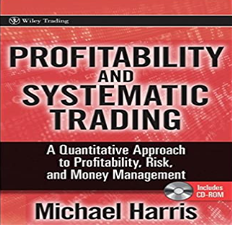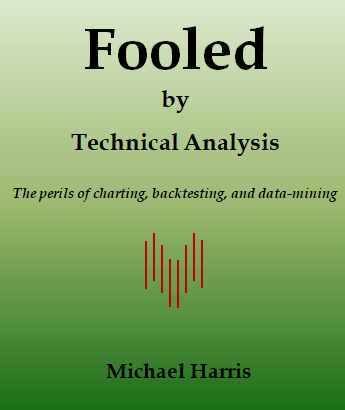We estimate the survivorship bias in backtesting a simple but popular trading strategy for trend-following large cap stocks. We compare the results with survivorship bias to those that account for desisted stocks. Read the article with a Trend-Following subscription . . .
|
This post is for paid subscribers
Already a subscriber? Sign in |






